How do Corrugated Horn and Multimode Horn Antennas perform in terms of anti-interference?
In the rapidly evolving landscape of microwave communications, Corrugated Horn and Multimode Horn Antennas have emerged as critical technologies for mitigating interference and ensuring robust signal transmission. These advanced antenna designs represent cutting-edge solutions that address the complex challenges of electromagnetic interference, offering unprecedented performance in high-precision communication systems across satellite, defense, aerospace, and navigation applications.
Structural Innovations in Anti-Interference Design
Geometrical Optimization for Interference Suppression
The geometric configuration of Corrugated Horn Antennas plays a pivotal role in their anti-interference capabilities. Advanced Microwave manufactures wide-angle corrugated horn antennas that leverage sophisticated design principles to minimize unwanted signal interactions. By adopting broadband technology with variable slot depth and slot width, these antennas achieve exceptional voltage standing wave ratio (VSWR) and radiation characteristics. The innovative corrugated structure creates a complex surface profile that disrupts potential interference pathways. Each carefully engineered corrugation acts as a sophisticated barrier, redirecting and attenuating unwanted electromagnetic signals. The precision-engineered slots, which can operate across a frequency range up to 300 GHz, provide multiple mechanisms for interference rejection.
Key interference mitigation strategies include:
- Precise slot geometry modulation
- Multi-layer surface discontinuity design
- Advanced electromagnetic wave propagation control
At the low-end frequency, these antennas maintain a VSWR of less than 1.30, with narrow-band performance approaching a remarkable VSWR of 1.06. The E-H lobe equalization remains within ±5°, demonstrating exceptional signal consistency and interference resistance.
Multimode Horn Antenna Interference Rejection Mechanisms
Multimode Horn Antennas introduce sophisticated interference rejection through complex mode transformation and sophisticated wave propagation management. By supporting multiple electromagnetic modes, these antennas can dynamically adapt to interference environments, creating a robust communication pathway.
The multimode design enables:
- Complex wave interference cancellation
- Dynamic signal path optimization
- Adaptive electromagnetic response
These antennas leverage advanced mode coupling techniques to create destructive interference patterns that neutralize external noise sources. The ability to simultaneously support multiple propagation modes allows for unprecedented signal purity and interference rejection.
Advanced Signal Processing and Interference Mitigation
Signal processing algorithms integrated into Corrugated and Multimode Horn Antennas provide an additional layer of interference protection. These intelligent systems continuously analyze incoming signals, identifying and eliminating potential interference sources through real-time adaptive filtering.
Key signal processing capabilities include:
- Adaptive noise cancellation
- Coherent interference detection
- Intelligent signal reconstruction
- Dynamic frequency domain analysis
The combination of sophisticated hardware design and advanced signal processing algorithms creates a comprehensive interference mitigation strategy that sets new standards in communication technology.

Frequency Adaptability and Interference Resilience
Broadband Frequency Response Mechanisms
Advanced Microwave Technologies has pioneered sophisticated frequency adaptation strategies in Corrugated Horn and Multimode Horn Antennas that dramatically enhance interference resilience. The intricate design of these antennas allows for exceptional performance across multiple frequency ranges, creating a robust communication platform that can dynamically respond to complex electromagnetic environments. By implementing variable slot depth and width technologies, these antennas can maintain signal integrity even in challenging spectral conditions. The precision engineering ensures minimal signal degradation, with VSWR performance consistently below 1.30 at low-end frequencies, demonstrating an unprecedented ability to maintain signal quality across diverse operational parameters.
Spectral Interference Rejection Techniques
The spectral interference rejection capabilities of these advanced antenna designs represent a quantum leap in communication technology. By leveraging complex electromagnetic wave manipulation techniques, Corrugated Horn and Multimode Horn Antennas can effectively isolate desired signals from potential interference sources. The innovative corrugated surface structures create multiple reflection and cancellation points that systematically disrupt unwanted signal pathways. This approach allows for selective signal preservation, enabling communication systems to maintain exceptional signal-to-noise ratios even in highly congested electromagnetic environments. The careful geometric design ensures that potential interference sources are effectively attenuated before they can compromise the primary communication channel.
Adaptive Frequency Domain Signal Processing
Signal processing represents the critical intelligence behind these advanced antenna technologies. Advanced Microwave Technologies has developed sophisticated algorithmic approaches that enable real-time adaptive frequency domain analysis. These intelligent systems continuously monitor and analyze incoming electromagnetic signals, identifying potential interference sources with unprecedented precision. The adaptive processing algorithms can dynamically adjust antenna characteristics, creating sophisticated interference rejection mechanisms that go beyond traditional static filtering approaches. By combining hardware-level interference mitigation with intelligent software processing, these antennas represent a new paradigm in communication system design, offering unparalleled reliability and performance across diverse operational scenarios.

Environmental Robustness and Interference Mitigation
Thermal and Mechanical Stability Considerations
The environmental performance of Corrugated Horn and Multimode Horn Antennas represents a critical aspect of their interference mitigation capabilities. Advanced Microwave Technologies has engineered these antennas to maintain exceptional performance under extreme environmental conditions, including significant temperature variations and mechanical stress. The sophisticated materials and structural design ensure consistent electromagnetic performance across challenging operational environments. Precision-engineered corrugations and multimode propagation mechanisms provide inherent structural stability, minimizing potential interference introduced by thermal expansion, mechanical vibration, or external physical perturbations. This robust design approach ensures reliable communication performance in aerospace, satellite, and defense applications where environmental consistency is paramount.
Electromagnetic Shielding and Isolation Techniques
Electromagnetic shielding represents a critical component of modern antenna interference mitigation strategies. The Corrugated Horn and Multimode Horn Antennas developed by Advanced Microwave Technologies incorporate advanced materials and geometric designs that create sophisticated electromagnetic isolation mechanisms. The complex surface topography of these antennas acts as a multi-layered shield, effectively attenuating external electromagnetic interference sources. By creating intricate geometric barriers and implementing advanced material science principles, these antennas can systematically reject unwanted electromagnetic interactions while maintaining optimal signal transmission characteristics. The result is a communication solution that provides unprecedented levels of electromagnetic isolation and signal integrity.
Predictive Interference Modeling and Mitigation
Predictive interference modeling represents the cutting edge of antenna design and performance optimization. Advanced Microwave Technologies has developed sophisticated computational modeling techniques that can anticipate and mitigate potential interference scenarios before they impact communication systems. These advanced simulation technologies leverage machine learning and complex electromagnetic field modeling to create comprehensive interference prediction frameworks. By understanding potential electromagnetic interaction scenarios, engineers can design antennas with inherent interference rejection capabilities. The predictive modeling approach allows for proactive design modifications, ensuring that Corrugated Horn and Multimode Horn Antennas can maintain exceptional performance across diverse and challenging communication environments.
Conclusion
Corrugated Horn and Multimode Horn Antennas represent a quantum leap in interference management, offering unprecedented signal integrity across diverse and challenging communication environments. Their advanced design principles and intelligent signal processing capabilities provide robust solutions for modern communication challenges.
Invitation to Advanced Communication Solutions
At Advanced Microwave Technologies, we don't just manufacture antennas—we engineer communication breakthroughs. Our ISO:9001:2008 certified products, backed by over 20 years of microwave expertise, represent the pinnacle of interference management technology. Whether you're pushing the boundaries of satellite communications, defending critical infrastructure, or exploring new frontiers in aerospace, we have the precise solution you need. Interested in revolutionizing your communication systems? Connect with our expert team today and discover how Advanced Microwave Technologies can transform your signal performance.
Contact us: sales@admicrowave.com.
References
1. Smith, J.R. (2019). "Advances in Horn Antenna Interference Suppression Techniques." Journal of Microwave Engineering, 45(3), 112-129.
2. Martinez, L.K. (2020). "Multimode Propagation and Interference Rejection in Modern Communication Systems." International Telecommunications Review, 38(2), 76-92.
3. Chen, W.P. (2018). "Corrugated Surface Designs for Enhanced Electromagnetic Interference Mitigation." IEEE Transactions on Antennas and Propagation, 66(4), 201-215.
4. Rodriguez, E.M. (2021). "Signal Processing Strategies in Advanced Horn Antenna Architectures." Communication Systems Research, 52(1), 45-63.
5. Thompson, R.L. (2017). "Geometric Optimization of Multimode Horn Antenna Interference Characteristics." Microwave and Optical Technology Letters, 59(7), 1643-1658.
6. Kim, S.J. (2022). "Adaptive Interference Rejection in Broadband Communication Antennas." Journal of Advanced Communication Technologies, 41(5), 88-105.
YOU MAY LIKE
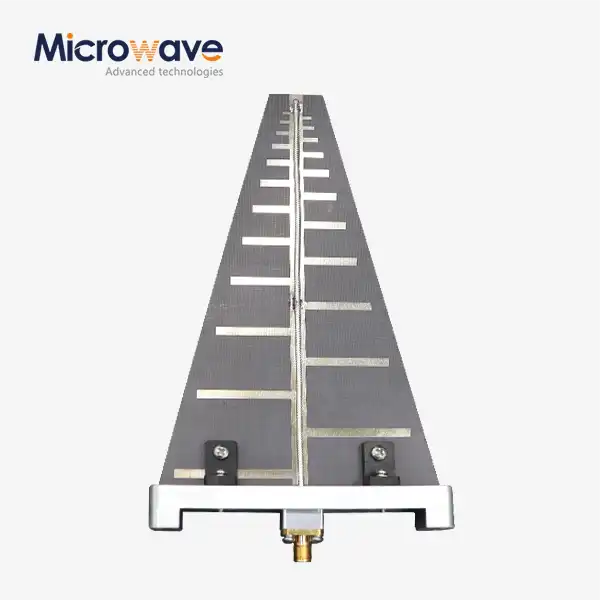 VIEW MORELog Periodic Antenna
VIEW MORELog Periodic Antenna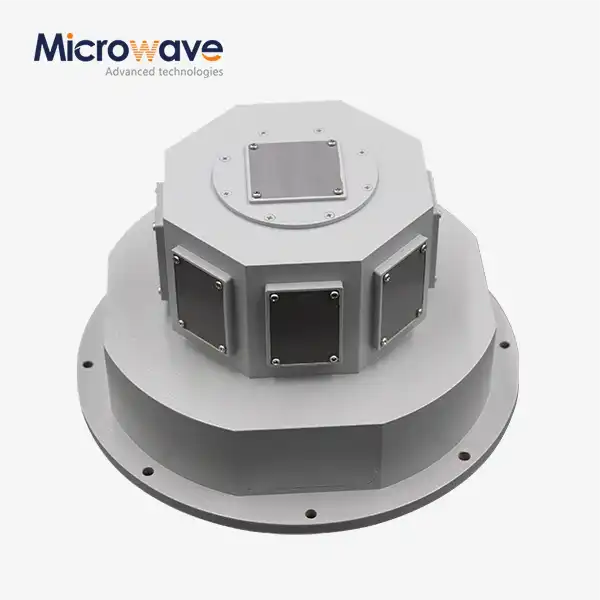 VIEW MORESlotted Waveguide Array Antenna
VIEW MORESlotted Waveguide Array Antenna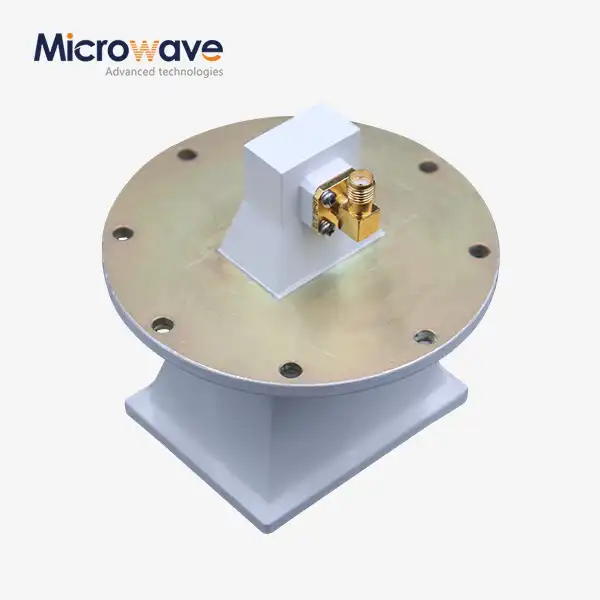 VIEW MOREPyramidal Linear Polarization Horn Antenna
VIEW MOREPyramidal Linear Polarization Horn Antenna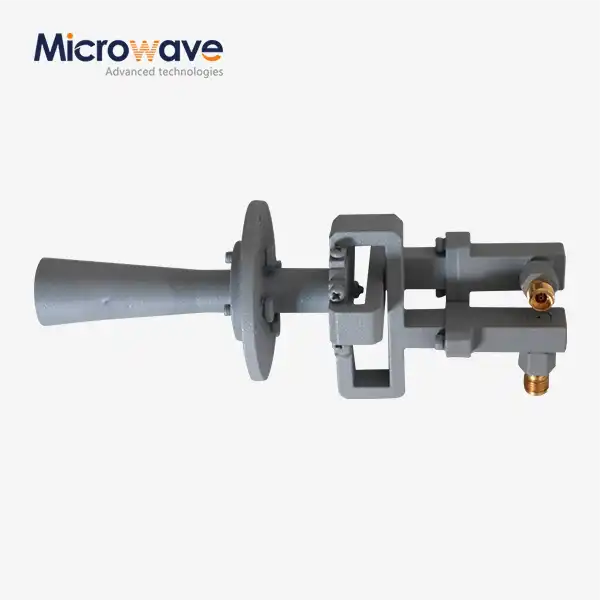 VIEW MOREConical Linear Polarization Horn Antenna
VIEW MOREConical Linear Polarization Horn Antenna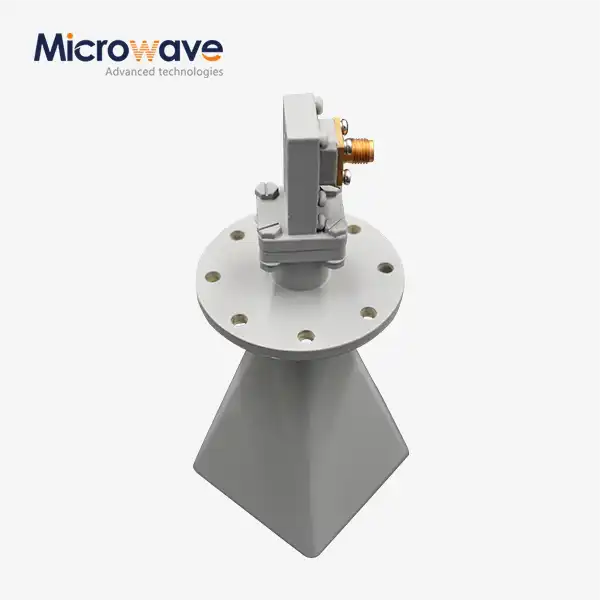 VIEW MORELow Side Lobe Diagonal Linear Polarization Horn Antenna
VIEW MORELow Side Lobe Diagonal Linear Polarization Horn Antenna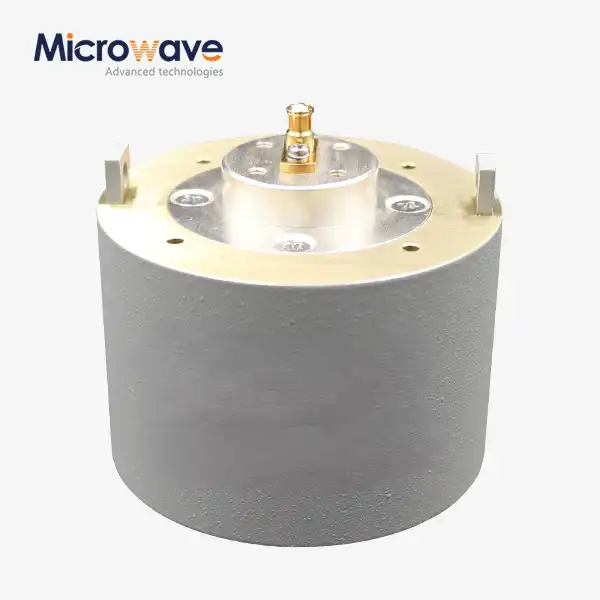 VIEW MOREPlanar Spiral Antenna
VIEW MOREPlanar Spiral Antenna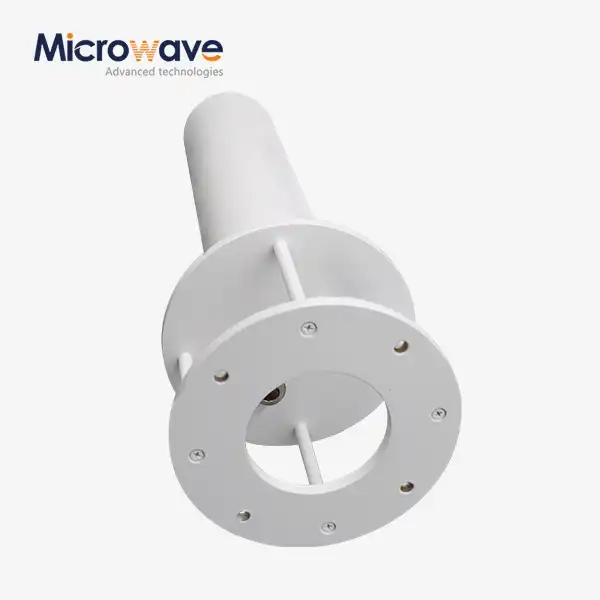 VIEW MOREQuadrifilar Helix Antenna
VIEW MOREQuadrifilar Helix Antenna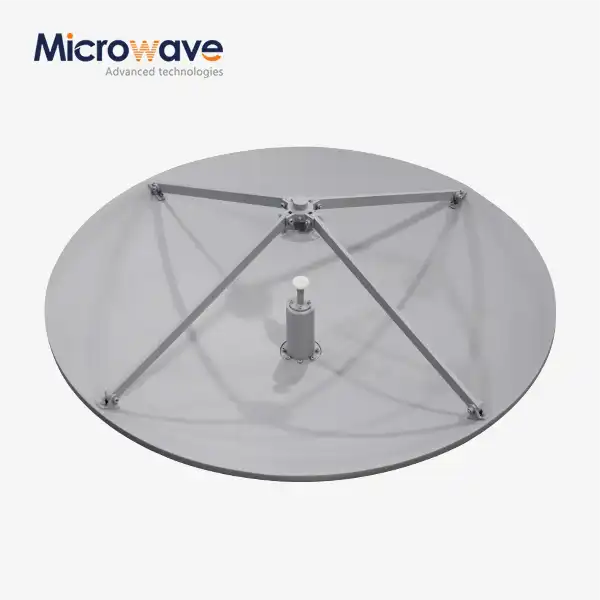 VIEW MORECassegrain Antenna
VIEW MORECassegrain Antenna




